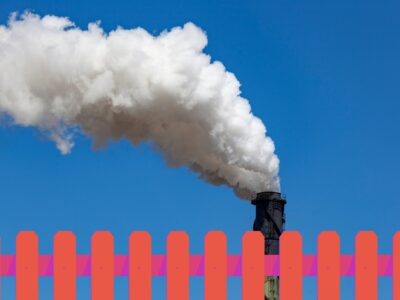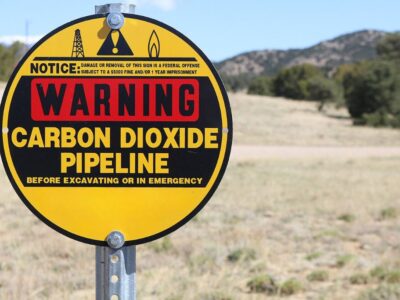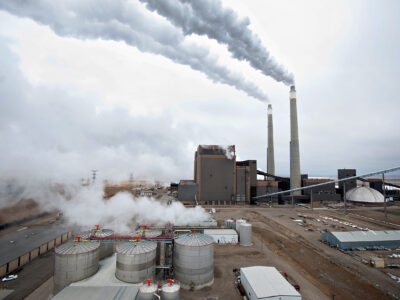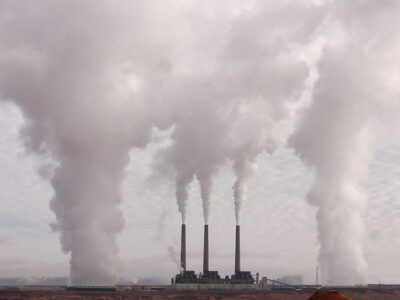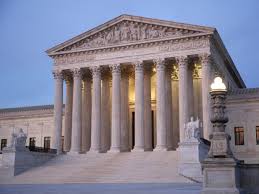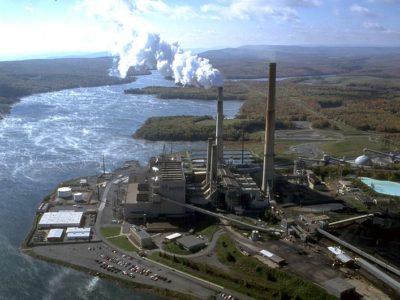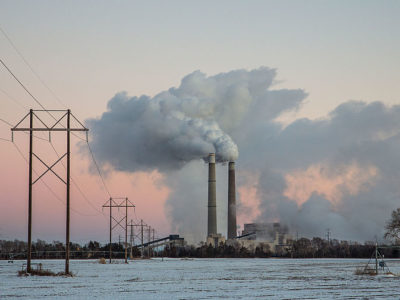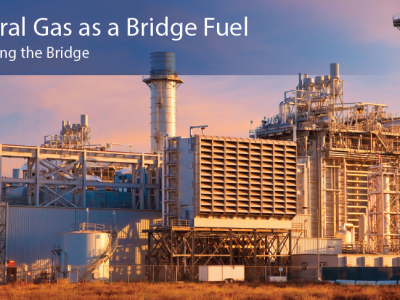carbon capture and sequestration
The D.C. Circuit and the Biden Power Plant Rule
The court’s denial of a stay is very good news for EPA
The D.C. Circuit frequently denies stays, but this ruling was notable for three reasons: It allows an important climate change regulation to go into effect; it clarified an important legal doctrine; and it has a good chance of being upheld on appeal.
CONTINUE READINGWhy the New Climate Reg for Coal is a Perfectly Normal EPA Rule
EPA’s approach isn’t a novel innovation. It’s just EPA applying its usual approach.
The problem isn’t that EPA’s new climate regulation for power plants will crush the coal-fired generation industry. It’s that much of the industry is so economically weak it can’t survive any kind of regulation.
CONTINUE READINGNew Bill Targets Carbon Dioxide Pipeline Leaks
Legislation introduced by Assemblymember Arambula, with research help from UCLA students, aims to protect Californians from the dangers of transporting captured carbon dioxide.
Guest contributor Jennifer Imm is a J.D. Candidate at UCLA Law (2L) Last week, Assemblymember Dr. Joaquin Arambula introduced AB 2623, a bill designed to guard California communities against the dangers of transporting carbon dioxide in pipelines. These risks aren’t hypothetical: A leak from a carbon dioxide pipeline already caused serious health harms in Satartia, …
Continue reading “New Bill Targets Carbon Dioxide Pipeline Leaks”
CONTINUE READINGThe Utility Response to EPA’s Climate Rules
The power industry apparently shares some progressive doubts about CCS and hydrogen
There are three big takeaways from the utility industry’s comments on EPA’s proposed new climate rules. First, the industry seems to share progressive concerns about whether we can count on hydrogen and CCS (carbon capture and sequestration). Second, the industry doesn’t invoke the major question doctrine, making it clear that it does not view such …
Continue reading “The Utility Response to EPA’s Climate Rules”
CONTINUE READINGBiden’s Proposed Power Plant Rule is a Solid First Step
The electric power sector remains 30 percent of the nation’s carbon dioxide emissions, and this rule can incentivize the push towards renewables.
On May 23, the Environmental Protection Agency (“EPA”) proposed emission limits and guidelines for carbon dioxide from fossil fuel-powered plants. To avoid the same fate as the Obama Administration’s Clean Power Plan, which was struck down by the conservative Supreme Court in West Virginia v. EPA last year, the new draft rule does not determine …
Continue reading “Biden’s Proposed Power Plant Rule is a Solid First Step”
CONTINUE READINGEPA and the Student Loan Decision
Will the major questions doctrine block EPA’s proposed rules?
Biden v. Nebraska, the student loan case, provided a new opportunity for the Court to apply the major question doctrine. Does this decision increase the threat that EPA’s proposed new regulations will be struck down under this doctrine? A careful reading of the majority opinion is at least somewhat reassuring. The Court painted a picture …
Continue reading “EPA and the Student Loan Decision”
CONTINUE READINGDon’t hamstring carbon removal
California needs to lead in developing critical carbon removal technologies
Assessments by the IPCC have made clear that the most feasible way for the world to meet its target of restricting climate change to below two degrees Celsius of warming includes rapid and massive expansion of carbon removal technology – technology that would extract carbon dioxide and permanently sequester that carbon dioxide underground. California has …
Continue reading “Don’t hamstring carbon removal”
CONTINUE READINGEPA Shouldn’t Roll Back Coal Power Plant Emissions Standard, Conclude Experts in Electrical Grid Management and Pollution Control Technology Innovation
Emmett Institute Faculty File Two Comment Letters on Behalf of Experts, Demonstrating Flaws In Proposed Rollback of New Source Performance Standard for New Coal-Fired Power Plants
In 2015, EPA set greenhouse gas emissions standards for new coal-fired and natural gas-fired power plants under the Clean Air Act’s New Source Performance Standards program, Section 111(b) of the Act. These standards ensure that new plants can be built only if they incorporate state-of-the-art emissions controls. Unfortunately, in late 2018, the Trump Administration EPA proposed …
CONTINUE READINGUpdate on the Litigation Over EPA’s Rule Controlling Greenhouse Gas Emissions from New Power Plants
UCLA Faculty File Amicus Brief on Behalf of Technological Innovation Experts
Late in 2015, the Environmental Protection Agency issued New Source Performance Standards to control greenhouse gas emissions from new and modified fossil-fuel-fired power plants under the Clean Air Act. This regulation is a companion to the more-often-discussed Clean Power Plan rule, which addresses greenhouse gas emissions from existing sources in the power generation sector. Last …
CONTINUE READINGCreating An Exit Strategy for Our Use of Natural Gas
To meet long-term greenhouse gas reduction goals, all fossil fuels have to go, even natural gas.
Coal is the climate’s Public Enemy #1. The use of natural gas has helped to ensure that the coal problem has not become even worse. Without natural gas, we would use more coal for space heating and for many more industrial processes than is currently the practice. Without natural gas, our reliance on coal for …
Continue reading “Creating An Exit Strategy for Our Use of Natural Gas”
CONTINUE READING



